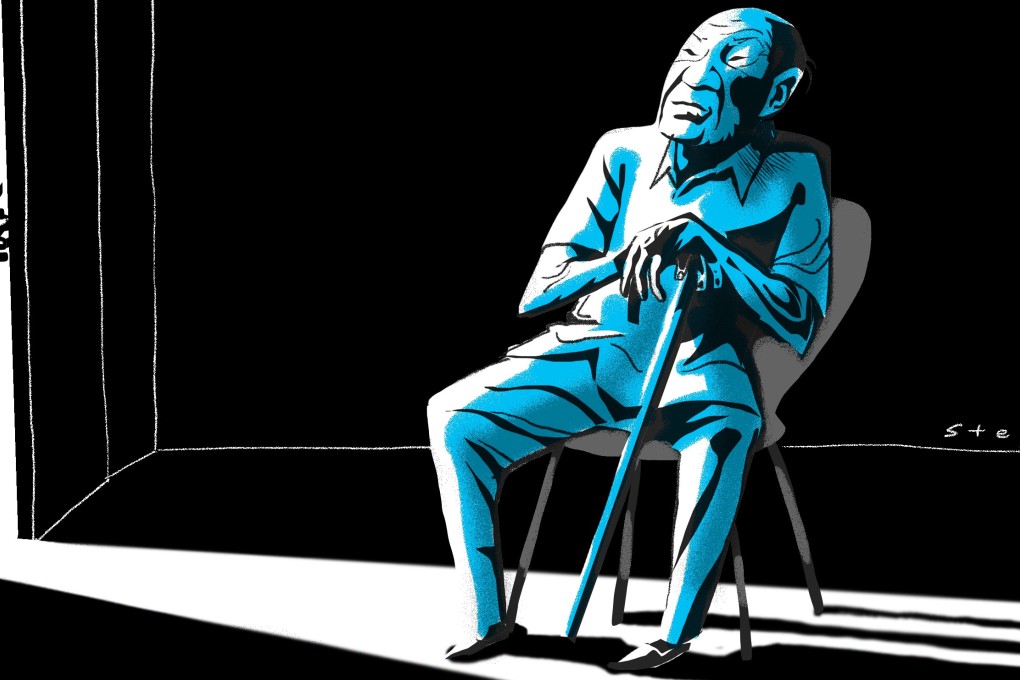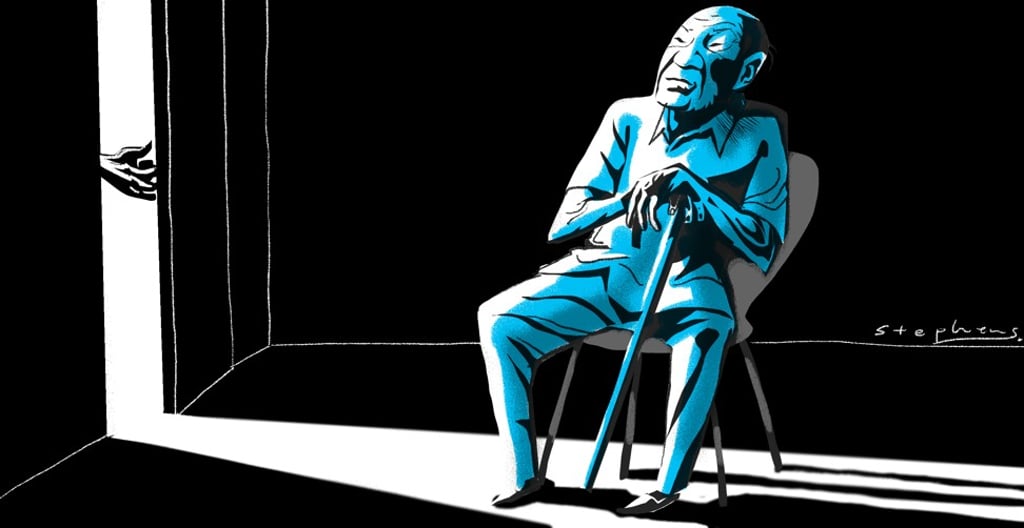China’s millions of Alzheimer’s patients cannot wait any longer for specialised care
Peter Fuhrman and Wang Yansong say that, with 9.5 million Alzheimer’s sufferers and a million more diagnosed every year, China has to act now for both better support from the state health care system and investment in specialised care


Of the major diseases in China, Alzheimer’s also has the greatest mismatch between the number of patients and amount of specialised care available. The US has about half the number of Alzheimer’s patients, and 73,000 beds in specialist treatment centres. China has fewer than 200 beds. Alzheimer’s care is a US$250 billion industry in the US. In China, it has barely even begun.
By 2050, the number of Alzheimer’s patients in China is expected to reach 45 million, about half the number worldwide
The reason for this mismatch is clear. China’s health care system is already under strain to improve the quality of care overall, especially for diseases like cancer and hepatitis. Alzheimer’s is not a top priority, either for government policy or health care companies and investors.
But, over the coming decades, no disease will possibly impact more lives in China or possibly cost the country more to treat. By 2050, the number of Alzheimer’s patients in China is expected to reach 45 million, about half the number worldwide.
The total cost of treating all of them is impossible to estimate. Alzheimer’s is already the most expensive disease to treat in the US. With the number of cases there expected to double in the next 20 years, US government spending on Alzheimer’s care is on course to become the single most expensive part of the national budget, topping even military spending.
China is likely to take a different path, with more spending done by patients and their families, rather than through national health insurance. But the near-total lack of Alzheimer’s treatment centres, and trained nurses and doctors, is one of the most significant market failures in China’s health care industry.